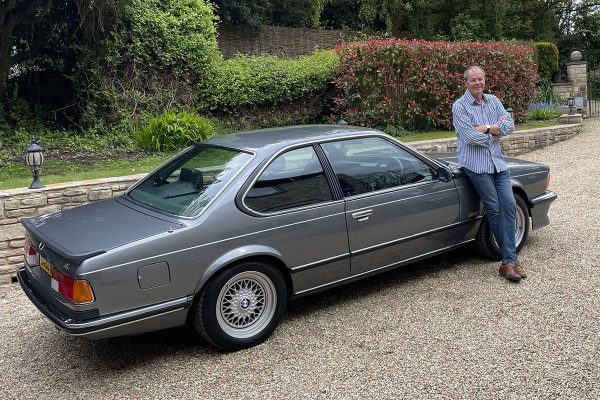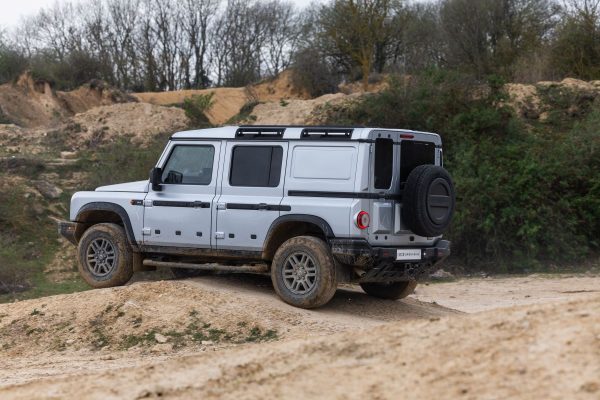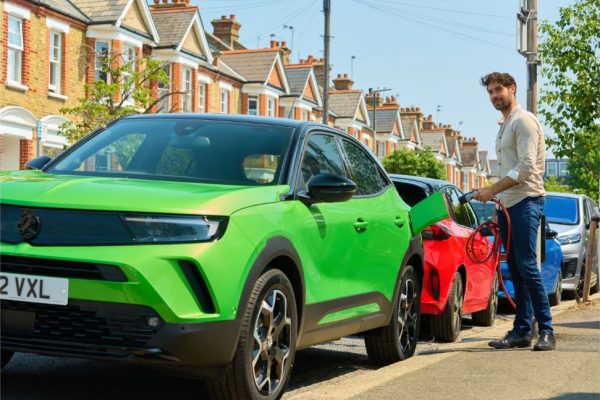By Andrew Leech, managing director, Fleet Evolution
BUSINESSES can drive down their fuel costs simply by implementing small changes to the way their staff
Because making small changes to the way you drive can really help to improve fuel economy. What’s more, as transport accounts for 25% of the UK’s CO2 emissions – at just over 130 million tonnes of CO2 a year – these practical steps could help lower fuel emissions overall.
Our top 10 tips are all recommended by the Energy Saving Trust.
And the smart approach begins the moment you start your engine:
1. Drive off from cold: Modern cars are designed to travel straightaway. Warming up the engine just wastes fuel and actually causes engine wear.
2. Check your revs: Drivers should change up a gear before they reach 2,500 rpm (petrol) or 2,000 rpm (diesel).
3. Drive smoothly: Anticipate the road conditions; avoid accelerating sharply and braking heavily, in order to cut your fuel usage and reduce the likelihood of accidents.
4. Step off the accelerator: When slowing down or driving downhill, remain in gear but take your foot off the accelerator early. This will reduce the fuel flow to the engine to virtually zero.
5. Slow down: Drive within the speed limit. As well as being within the law, this is also safer and reduces fuel consumption.
6. Turn it off: Stuck in traffic? Turn your engine off. Modern cars use virtually no extra fuel when they are restarted.
7. Plan ahead: By planning your journey, drivers can avoid congestion and roadworks, and ensure they don’t waste fuel or time by getting lost.
8. Make it long: Cold engines use almost twice as much fuel as catalytic converters can take five miles to become effective. In the case of short journeys, consider an alternative form of transport, if possible.
9. Reduce drag: Accessories, such as roof racks and bike carriers should be removed when not in use. They affect a vehicle’s aerodynamics and reduce fuel efficiency.
10. Check tyre pressure: Under-inflated tyres are dangerous and increase fuel consumption.







